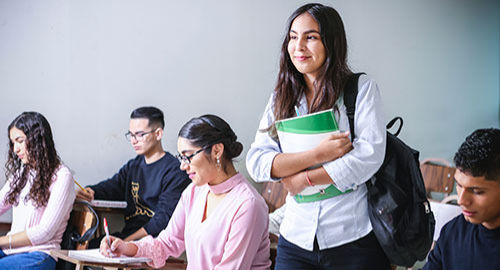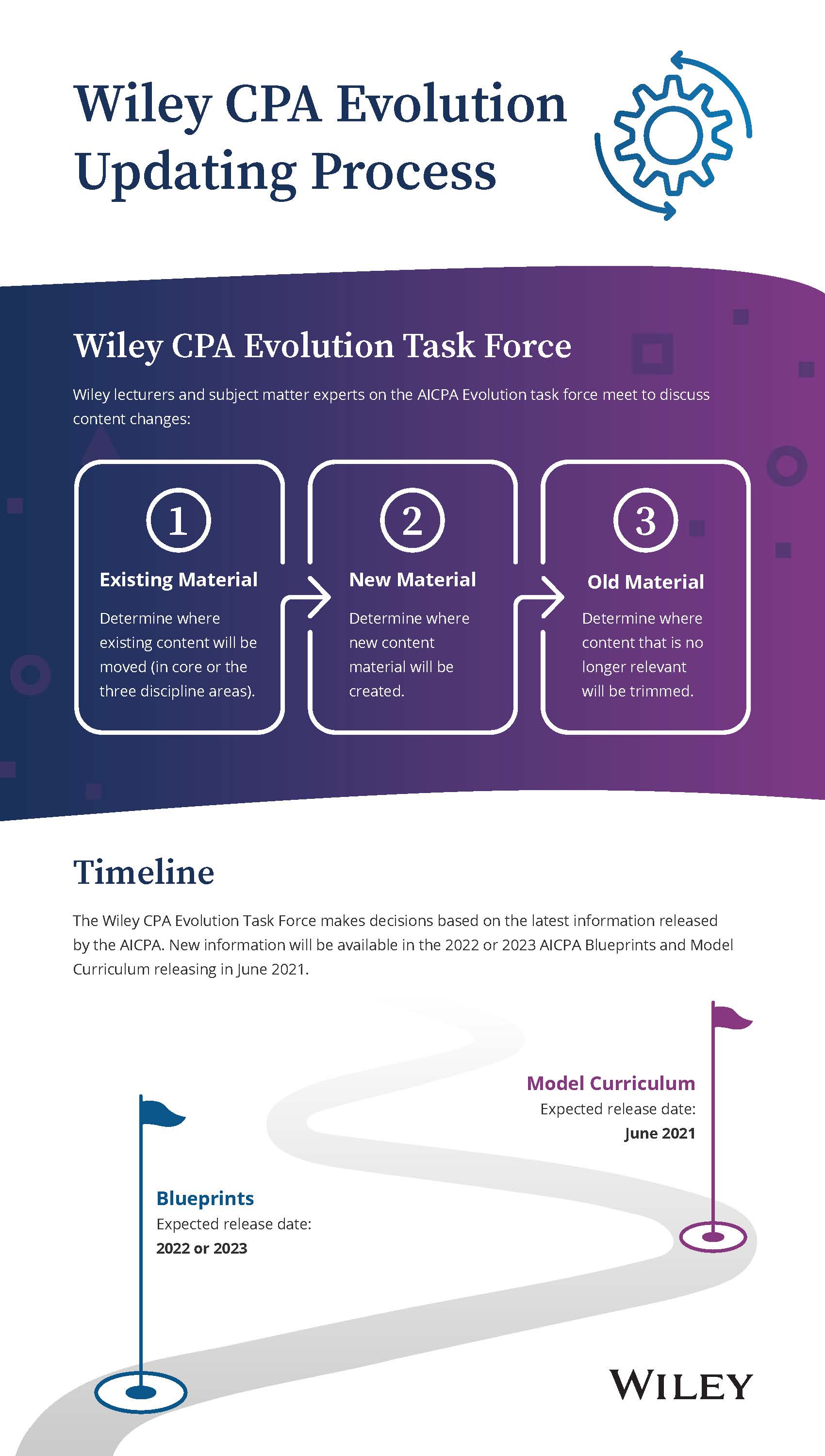21st-century-skills-and-the-5cs-in-the-psychology-classroom
The skills that students need to learn to be successful today are the same skills students needed to learn in the past, but the application is different because of the digital world that we currently live in. So, below we will discuss five key 21st century skills students need to learn, plus we will go over examples of how these skills can be integrated into your psychology course with modern activities. For a more in-depth review of this information, view our 21st century skills on-demand webinar.
21st Century Skills
21st century skills are essential competencies students must develop to be successful in the world today. There are different models that outline these specific skills, and the one we will use here is the model by Silber-Varod, Eshet-Alkalai & Geri (from 2019). This model notes 7 skills that are essential for students to succeed in the 21st century:
- Critical Thinking
- Collaboration
- Creativity
- Communication
- Information Literacy
- Problem-solving
- Socio-emotional Skills
In this article, we will focus on the first four, plus an extra skill observed by author and professor Dr. Evelyn Field, who is the presenter for our on-demand webinar covering 21st century skills. If you successfully integrate the first four skills into your course, you will see your students develop a sense of confidence, which is the 5th C. Below, we will go over activity examples to incorporate these skills into your course using the digital space where your students live.
Critical Thinking
Critical thinking and analyzing go hand-in-hand, so if you can think of activities that require your students to analyze things in the digital space, they will be building the critical thinking skills needed for the 21st century.
A couple critical thinking activity ideas could include having your students analyze:
- Screenshots of text message conversations.
- Short or long videos.
Whether you are teaching about foot-in-the door as a persuasion technique or aging communication, you can find a screenshot of a text conversation on the internet to support the topic you are already having your students learn about. You can present this screenshot to them and ask them to analyze different things about the conversation.
You can also have your students analyze videos. These videos can be sourced from anywhere, even popular social media apps like TikTok. Just make sure the video relates back to the topic you are teaching about in class. Have your students get into small groups to discuss what they observe.
Collaboration
You want your students to be collaborating with each other while also collaborating with your course. You can start your class with collaboration from day one, by asking your students to vote on a theme that will be referenced throughout the course. Another fun idea to get your students involved is having them write your exam questions.
Keep in mind that you can also teach your students to collaborate with the world at large. A way to do this is by utilizing Google Tours. Google Tours is free, and anyone can create a tour. So, the activity you can assign to your students is giving them a topic and having them create a Google Tour about what you assigned. For example, you can assign your students topics like language or the evolution of music and have them create a global tour of four key areas that have to do with the topic assigned. And the cool thing is, your students can collaborate on a global scale by choosing to publish this tour, if they want to, for anyone to view around the world.
Creativity
Having students step out of their comfort zone and use creativity is an important step in helping them develop the 5th C we’ll discuss later, confidence. An exercise that you can do that builds creativity, is asking your students to design a class t-shirt. You can use Adobe Illustrator (paid and more powerful) or Canva (free and cloud based) for the design technology piece of this assignment. The t-shirt design has to have something to do with the class subject and it has to be positive. Once students have made their design, you can have them write a paper to critically reflect on what they created and why they used the elements that they did.
Communication
Communication facilitates understanding, and a way to build your students’ communication skills is by having them make decisions about how certain aspects of your class will be structured. For example, you can have your students decide which pre-selected topics will be the focus of your class, and you can even have them decide what assessments will be like and how they will be weighed. This gets your students both collaborating and communicating.
A simpler activity to get your students communicating in a creative way is to have them create word art or a word cloud. This art can be created for free on wordart.com. Once you teach about a certain topic in class, you can have your students create a word cloud with the top five words they think represent that subject. This is a creative way for them to communicate with you the key information they are taking away from what you are teaching.
Confidence
And finally, our 5th C is confidence. Having your students use critical thinking, collaboration, creativity, and communication will lead to them developing a sense of confidence. This is because they will learn that they can do hard things and they will take pride in their work because of the effort they put in to what they created. When your students get outside of their comfort zone by designing a t-shirt or creating a Google Tour, they gain a lot of confidence. And this can make your students feel enthusiastic about and confident in their skills.
Key Takeaways to Add 21st Century Skills and the 5C's into Your Psychology Classroom
Integrating these core skills into your curriculum through challenging activities will create students who are not afraid of grappling with difficult problems and are not afraid to create something that is not perfect. Stepping outside of the traditional lecture space and trying to meet students where they are with their technology is key. Students will leave your class with confidence in their knowledge and also their ability to use creativity, critical thinking, collaboration, and communication.
If you’re interested in hearing more about 21st century skills and the 5 C’s discussed above, view our on-demand webinar hosted by author and professor Dr. Evelyn Field.














